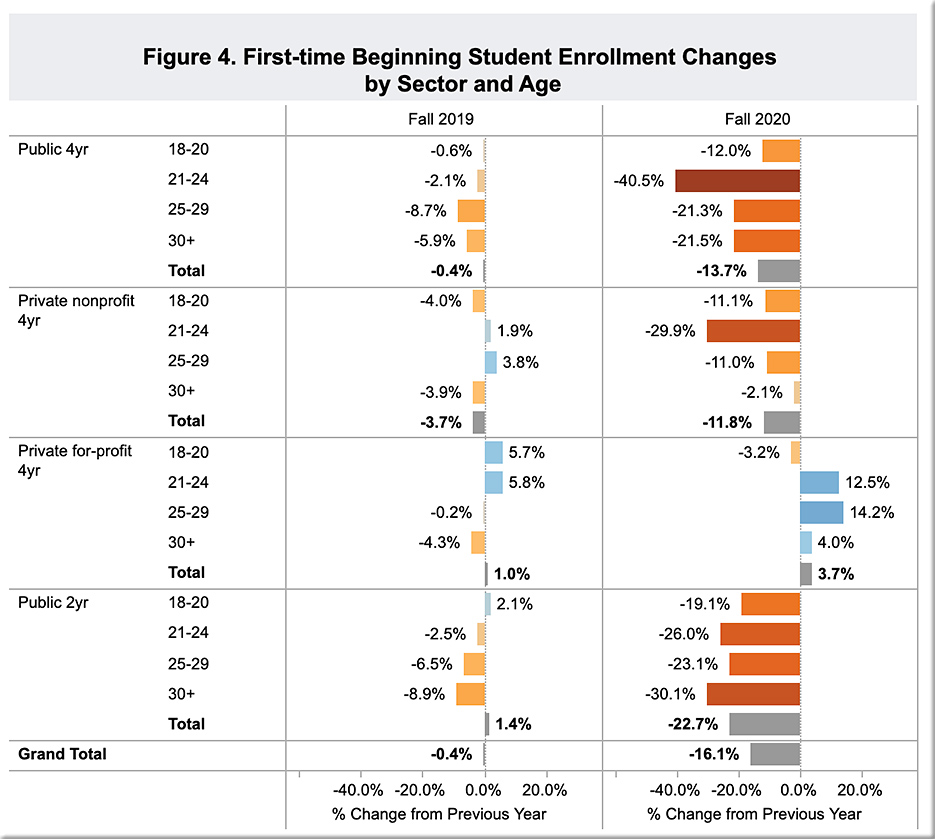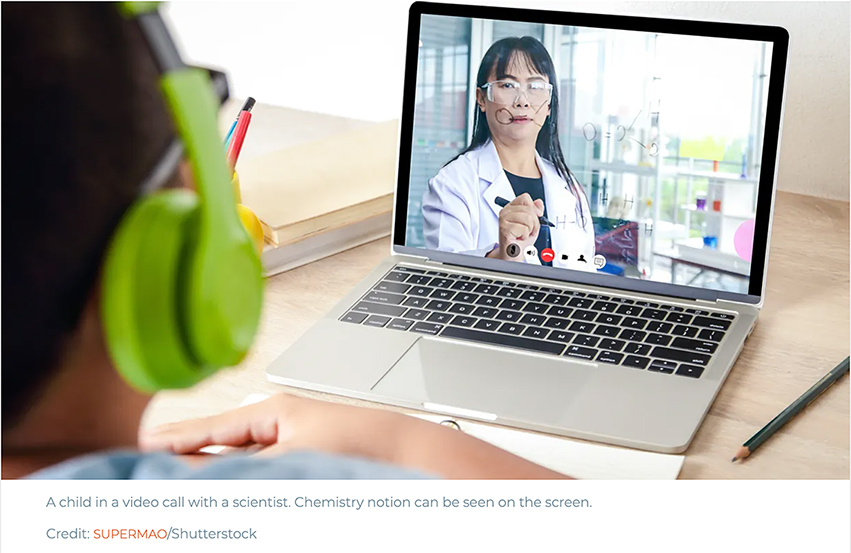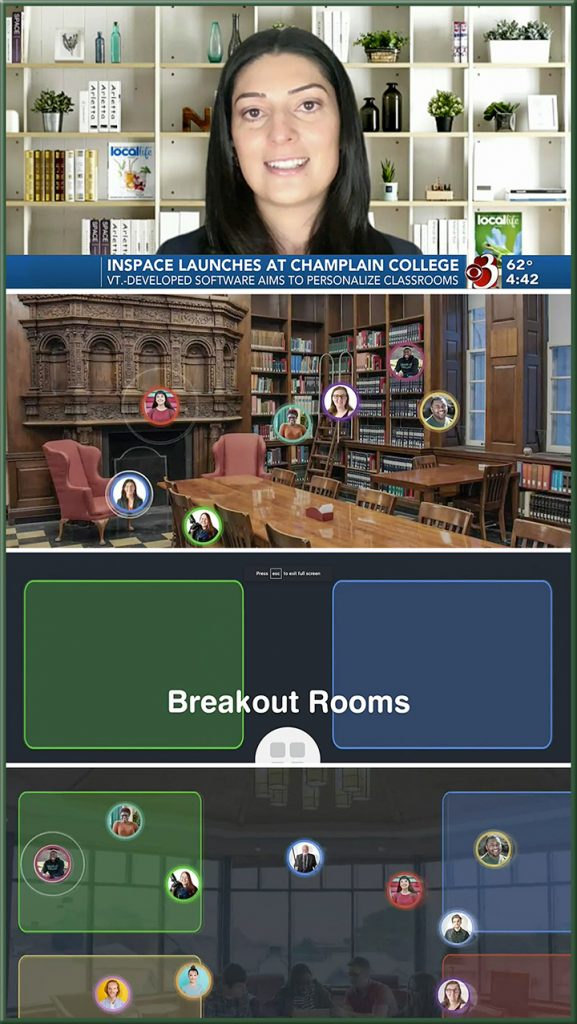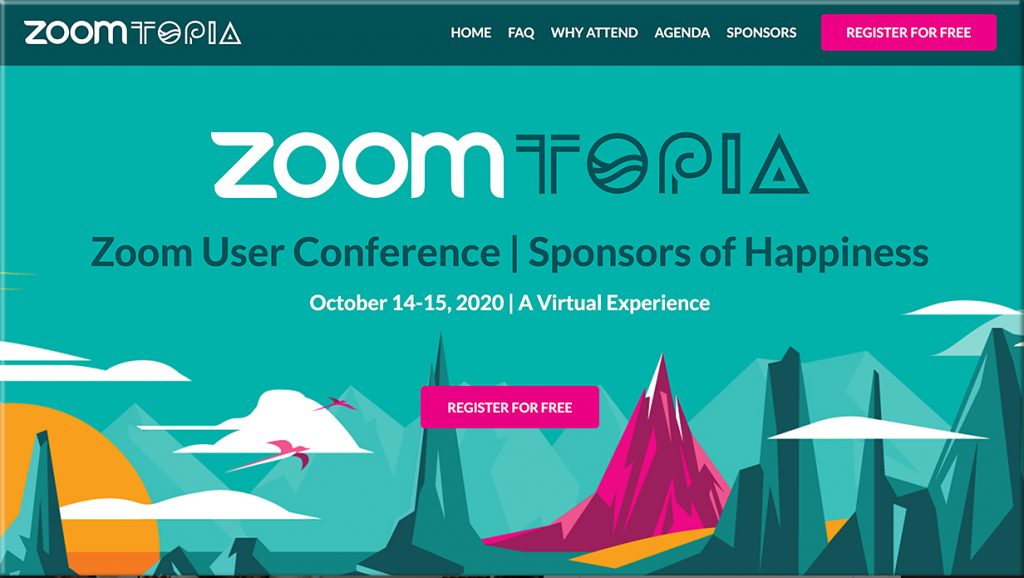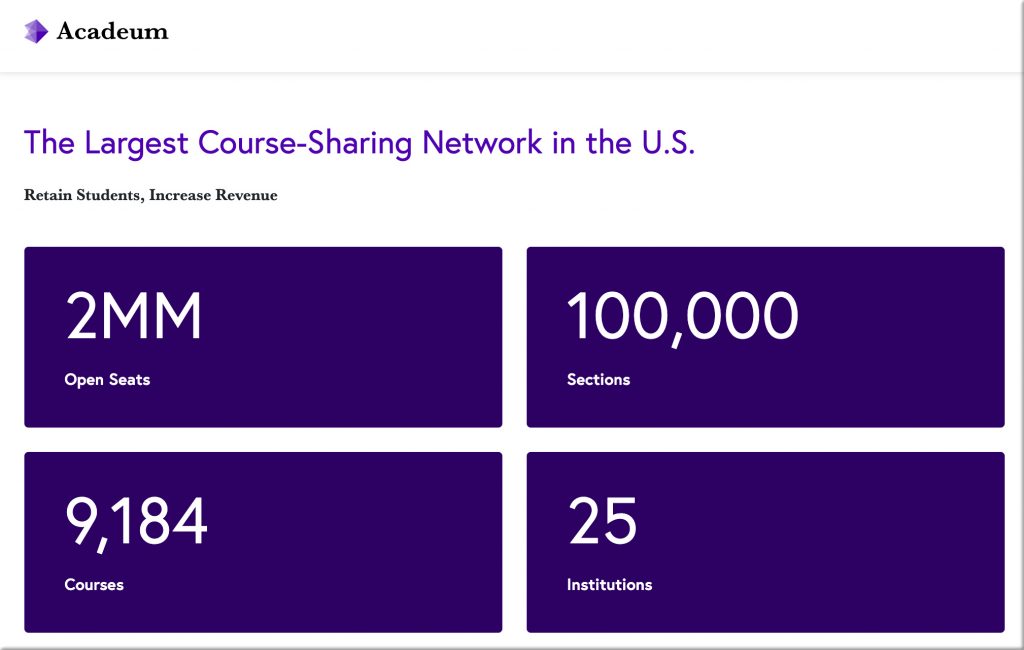Coursera Couple Returns to Higher Ed With $14.5M to Recreate In Person Learning, Online — from edsurge.com by Tony Wan
Connectivity gap persists for at least 300K California students — from educationdive.com by Shawna De La Rosa
Dive Brief:
- California school districts are required to provide both devices and high-speed internet connection to any student learning from home, but between 300,000 and 1 million remain disconnected, EdSource reports. A backlog of computer orders and weak broadband infrastructure in remote areas are contributing factors.
- At a state assembly education committee hearing Wednesday, California education leaders, teachers and lawmakers discussed how to close the digital divide. Though most households have enough broadband to handle some video calls, many family networks don’t have the strength for multiple students to be connected at once.
- Nationwide, approximately one-third of households with annual incomes under $30,000 and with children under 18 don’t have high-speed internet connection at home, impacting roughly 9.7 million students, according to a Pew Research Center report. A quarter of teens within that socio-economic bracket lack access to a computer at home.
National Student Clearinghouse Research Center’s Monthly Update on Higher Education Enrollment — as of October 15, 2020 and as referenced late last week by The Chronicle of Higher Education
From DSC:
The window of opportunity for traditional institutions of higher education to reinvent themselves, become cheaper, and offer more value is beginning to close. The window is still there…but it’s beginning to close.
5 things that show students aren’t the only ones learning during the pandemic — from mlive.com by Melissa Frick
Excerpts:
“Never in my 33 years of teaching did I ever think it would be like this,” the Muskegon High School teacher said of virtual learning, which the district is using this semester to mitigate the spread of the coronavirus.
“It’s a huge learning curve.”
With Michigan K-12 schools back in session for the fall – some virtually, some in-person, and some a mix of both – students aren’t the only ones doing the learning this year. Amid this unprecedented school year, teachers are learning some new things along the way, too.
…
3. Virtual learning has exposed the depth of Michigan’s digital divide
Systemic gaps in technology access among school districts around the state left thousands of students at a disadvantage this year, despite efforts by educators to fulfill short-term connectivity needs during virtual learning.
From DSC:
These are just a couple of reasons that I say that Rome wasn’t built overnight. But it’s great to see that tools are being added to teaching toolboxes and learners’ toolboxes as well:
“It’s easy for them to get onto Zoom now, they can go onto Google Classroom and go into the lesson right along with us,” she said. “I’m surprised at how smooth it’s running now.”
Creating a split-screen music video – The Dos and Don’ts — from global-edtech.com by Levent Erdogan
Levent Erdogan shares his experience producing split-screen music videos.
Got science questions? Skype A Scientist can help — from bigthink.com by Scotty Hendricks
A non-profit dedicated to science communication offers to connect learners with over 11,000 scientists.
Fostering Student Creativity with Green-Screen Videos — from teachingprofessor.com by Jason Webb and Jeff Mangram
Excerpt:
Educators have come to realize that videos are highly effective and engaging ways to create online course content. One of the most engaging forms uses a green-screen backdrop to project images or videos behind or next to the speaker. Barbara Oakley used this technique in her famous course Learning How to Learn, where she brought in images to illustrate and amplify her message during course videos. Take a look at this example and consider the fact that Oakley shot the videos in her basement using only a couple hundred dollars’ worth of supplies. Today most colleges already have green-screen studios set up for marketing or other uses.
From DSC:
Put yourself in the place of the conscientious/thorough learner. If you come into a course on Canvas & see Quizzes, Assignments, Discussion Boards, as well as other items listed on the Course Navigation Bar — in addition to the Modules selection — you might find yourself going to check many of those selections Every. Single. Day.
Graphically speaking:

(DSC purchased this image from Getty Images)
From DSC:
By the way, this is why RSS feeds and feed aggregators were implemented. Have updates/content flow to the person, instead of the person wasting time trying to find what’s been updated on 100+ websites.
The pandemic pushed universities online. The change was long overdue. — from hbr-org.cdn.ampproject.org by Sean Gallagher and Jason Palmer; with thanks to Mike Mathews for his posting on LinkedIn re: this item
Excerpt:
A number of elite institutions — such as Princeton University, Williams College, Spelman College, and American University — have substantially discounted tuition for their fully online experience in an historically unprecedented fashion, highlighting pricing pressures and opening up Pandora’s box. This comes after a decade of growth in postsecondary alternatives, including “massively open online courses” (MOOCs), industry-driven certification programs, and coding bootcamps.
This moment is likely to be remembered as a critical turning point between the “time before,” when analog on-campus degree-focused learning was the default, to the “time after,” when digital, online, career-focused learning became the fulcrum of competition between institutions.
The shift online has colleges looking to share courses — from educationdive.com by Alia Wong
Dozens of institutions have joined consortia for exchanging online classes since the pandemic began, and new options have sprung up.
Excerpts:
Dozens of other small, private institutions followed thanks to the Council of Independent Colleges’ (CIC’s) Online Course Sharing Consortium, which was formed in late 2018 and today is the largest of the dozen or so networks on Acadeum.
3 winners for the GSV Cup: Abwaab, Prepmedians, and Ringbeller! Congratulations!! These three exceptional companies won out of over 550 applications.
First Place Winner – Watch the pitch below from Abwaab
Second Place Winner – Watch the pitch below from Prepmedians
Third Place Winner – Watch the pitch below from Ringbeller
“You see this most fundamentally in Bitcoin and in blockchain. The keys will be more and more in the hands of the individual.”
DC: I could see cloud-based learner profiles along these lines too. Each individual will say who gets access to their profile. https://t.co/2jnWBTxeRs
— Daniel Christian (@dchristian5) September 29, 2020
From DSC:
Along these lines…
Sometimes, I think we need to be very careful with Artificial Intelligence (#AI) — which elements of it and which applications of it that we use in our society and which we don’t move forward with. But in the case of cloud-based learning profiles (some might say competency profiles), AI makes sense. Algorithms could make sense. Data mining could make sense.
A cloud-based learning profile might not make sense always to us — as it could be very large indeed. But AI-based algorithms could assist with finding appropriate matches between jobs, competencies, passions, skills, and candidates.
Such services will likely be part of a next-gen learning platform.
Livestreamed Chemistry Labs Keep Learning Real — Mistakes, Spills and All — from campustechnology.com by Dian Schaffhauser
Excerpt:
To keep students engaged, the synchronous sessions include small-group breakout sessions and on-the-spot activities like having students name compounds; balance chemical equations; predict the outcomes of experiments; and calculate masses, amounts and concentrations for the chemicals used.










